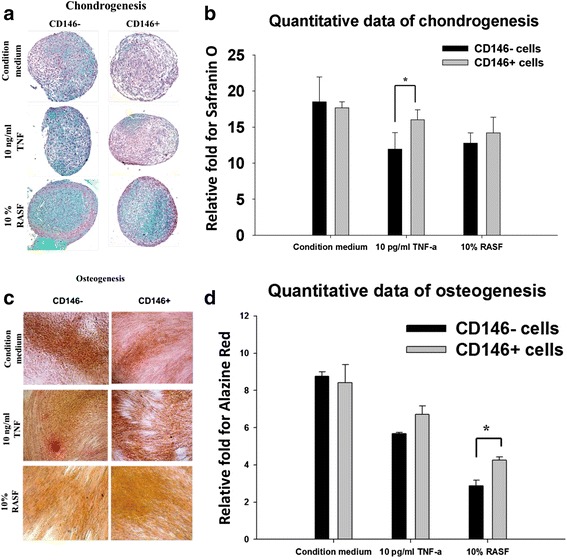High-tidal-volume mechanical air flow utilized in sufferers with acute lung harm (ALI) can induce the discharge of inflammatory cytokines, as macrophage inflammatory protein-2 (MIP-2), recruitment of neutrophils, and disruption of alveolar epithelial and endothelial boundaries. Induced pluripotent stem cells (iPSCs) have been proven to enhance ALI in mice, however the mechanisms regulating the interactions between mechanical air flow and iPSCs will not be totally elucidated.

Nuclear issue kappa B (NF-κB) and NF-κB repressing issue (NKRF) have been proposed to modulate the neutrophil activation concerned in ALI. Thus, we hypothesized intravenous injection of iPSCs or iPSC-derived conditioned medium (iPSC-CM) would lower high-tidal-volume ventilation-induced neutrophil infiltration, oxidative stress, and MIP-2 manufacturing by means of NF-κB/NKRF pathways.
Male C57BL/6 mice, aged between 6 and eight weeks, weighing between 20 and 25 g, had been uncovered to high-tidal-volume (30 ml/kg) mechanical air flow with room air for 1 to four h after 5×10(7) cells/kg mouse iPSCs or iPSC-CM administration.
Nonventilated mice had been used as management teams.High-tidal-volume mechanical air flow induced the will increase of integration of iPSCs into the injured lungs of mice, microvascular permeability, neutrophil infiltration, malondialdehyde, MIP-2 manufacturing, and NF-κB and NKRF activation.
Lung harm indices together with irritation, lung edema, ultrastructure pathologic adjustments and useful gasoline alternate impairment induced by mechanical air flow had been attenuated with administration of iPSCs or iPSC-CM, which was mimicked by pharmacological inhibition of NF-κB exercise with SN50 or NKRF expression with NKRF quick interfering RNA.Our knowledge recommend that iPSC-based remedy attenuates high-tidal-volume mechanical ventilation-induced lung harm, not less than partly, by means of inhibition of NF-κB/NKRF pathways. Notably, the conditioned medium of iPSCs revealed helpful results equal to these of iPSCs.
Suppressing NF-κB and NKRF Pathways by Induced Pluripotent Stem Cell Therapy in Mice with Ventilator-Induced Lung Injury
High-tidal-volume mechanical air flow utilized in sufferers with acute lung harm (ALI) can induce the discharge of inflammatory cytokines, as macrophage inflammatory protein-2 (MIP-2), recruitment of neutrophils, and disruption of alveolar epithelial and endothelial boundaries. Induced pluripotent stem cells (iPSCs) have been proven to enhance ALI in mice, however the mechanisms regulating the interactions between mechanical air flow and iPSCs will not be totally elucidated.
Nuclear issue kappa B (NF-κB) and NF-κB repressing issue (NKRF) have been proposed to modulate the neutrophil activation concerned in ALI. Thus, we hypothesized intravenous injection of iPSCs or iPSC-derived conditioned medium (iPSC-CM) would lower high-tidal-volume ventilation-induced neutrophil infiltration, oxidative stress, and MIP-2 manufacturing by means of NF-κB/NKRF pathways.Male C57BL/6 mice, aged between 6 and eight weeks, weighing between 20 and 25 g, had been uncovered to high-tidal-volume (30 ml/kg) mechanical air flow with room air for 1 to four h after 5×10(7) cells/kg mouse iPSCs or iPSC-CM administration.
Nonventilated mice had been used as management teams.High-tidal-volume mechanical air flow induced the will increase of integration of iPSCs into the injured lungs of mice, microvascular permeability, neutrophil infiltration, malondialdehyde, MIP-2 manufacturing, and NF-κB and NKRF activation. Lung harm indices together with irritation, lung edema, ultrastructure pathologic adjustments and useful gasoline alternate impairment induced by mechanical air flow had been attenuated with administration of iPSCs or iPSC-CM, which was mimicked by pharmacological inhibition of NF-κB exercise with SN50 or NKRF expression with NKRF quick interfering RNA.
Our knowledge recommend that iPSC-based remedy attenuates high-tidal-volume mechanical ventilation-induced lung harm, not less than partly, by means of inhibition of NF-κB/NKRF pathways. Notably, the conditioned medium of iPSCs revealed helpful results equal to these of iPSCs.
Functions of pure killer cells
Natural killer (NK) cells are effector lymphocytes of the innate immune system that management a number of forms of tumors and microbial infections by limiting their unfold and subsequent tissue injury. Recent analysis highlights the truth that NK cells are additionally regulatory cells engaged in reciprocal interactions with dendritic cells, macrophages, T cells and endothelial cells.
NK cells can thus restrict or exacerbate immune responses. Although NK cells may look like redundant in a number of situations of immune problem in people, NK cell manipulation appears to carry promise in efforts to enhance hematopoietic and stable organ transplantation, promote antitumor immunotherapy and management inflammatory and autoimmune problems.
Haematopoietic stem cells give rise to progeny that progressively lose self-renewal capability and change into restricted to 1 lineage.
The factors at which haematopoietic stem cell-derived progenitors commit to every of the assorted lineages stay principally unknown. We have recognized a clonogenic frequent lymphoid progenitor that may differentiate into T, B and pure killer cells however not myeloid cells. Here we report the possible identification, purification and characterization, utilizing cell-surface markers and circulate cytometry, of a complementary clonogenic frequent myeloid progenitor that provides rise to all myeloid lineages.
Common myeloid progenitors give rise to both megakaryocyte/erythrocyte or granulocyte/macrophage progenitors. Purified progenitors had been used to offer a first-pass expression profile of varied haematopoiesis-related genes. We suggest that the frequent lymphoid progenitor and customary myeloid progenitor populations mirror the earliest department factors between the lymphoid and myeloid lineages, and that the dedication of frequent myeloid progenitors to both the megakaryocyte/erythrocyte or the granulocyte/macrophage lineages are mutually unique occasions.

